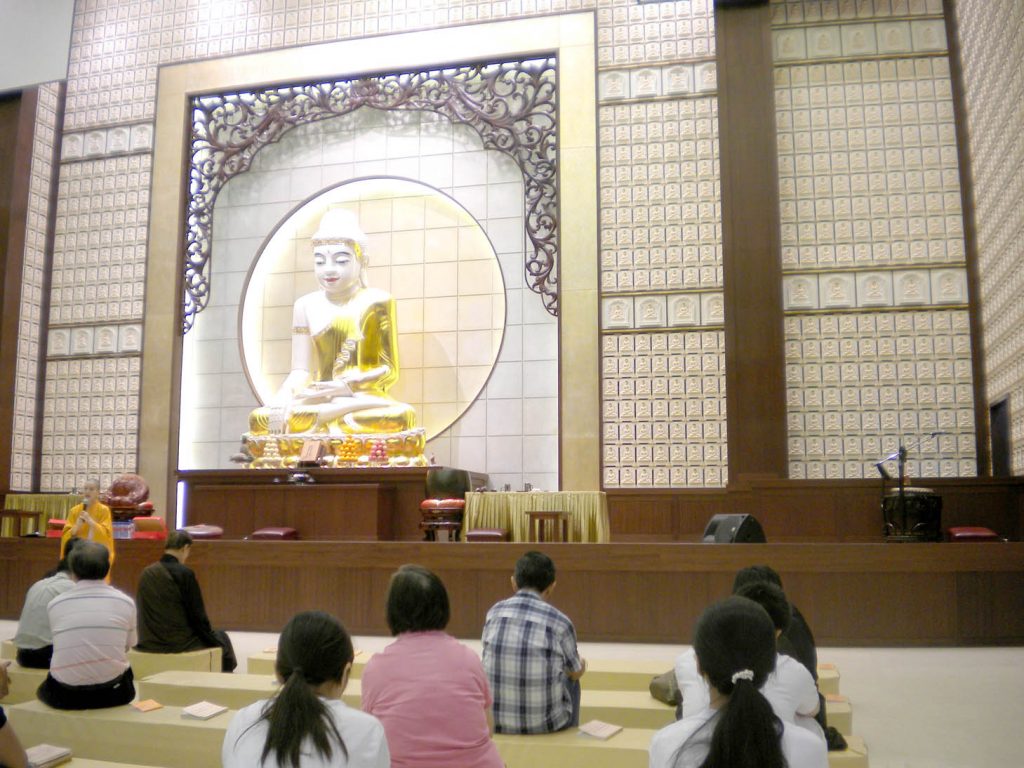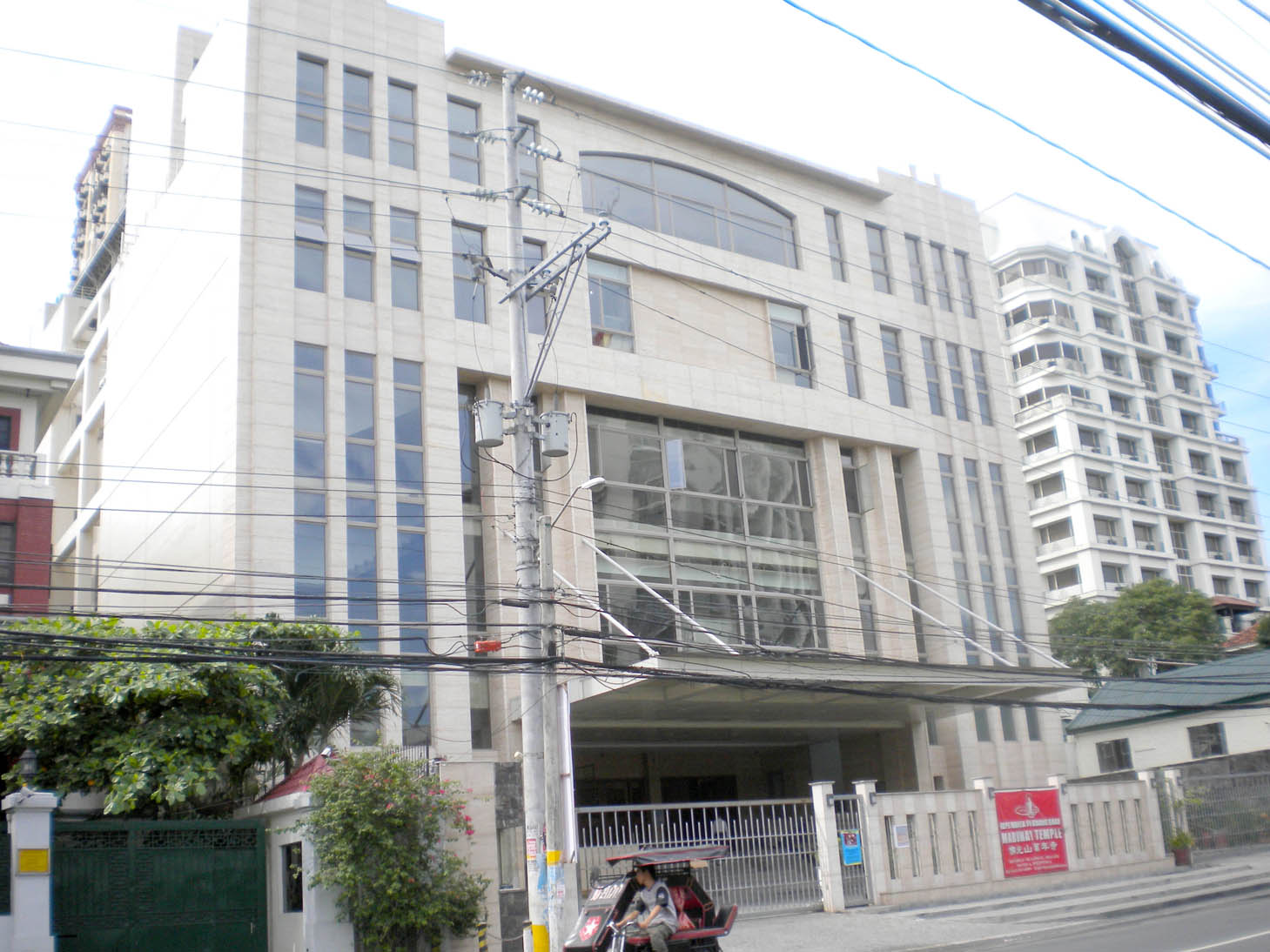Editors Note: This is the 13th of a series about the 36 Chinese Buddhist temples of the Philippines. Much of the information is from a thesis of Venerable Chuanmiao (Hsuan Chuang University, 2008), a Buddhist monk affiliated with the Thousand Buddha Temple in Quezon City.
13. Mabuhay Temple 岷尼拉佛光山萬年寺
656 P. Ocampo Street, Malate, Manila | Tel.: 523-4909, 525-3680
This temple, the most modern one in the Philippines, belongs to the international network of Foguangshan (佛光山), founded by Master Hsing Yun (星雲) in Taiwan.
The Foguangshan congregation’s nuns first arrived in the central Philippines, taking charge of temples in Cebu and Bacolod.
In 1992, upon the invitation of devotees in Manila, Ven. Yong Guang (永光) traveled from Cebu to Manila and started a small Chant center (馬尼拉禪靜中心) in a leased apartment along Alonzo Street in Chinatown.
The following year, Foguangshan’s overseas affairs unit visited Manila and decided that there was great potential for the growth of Buddhism there.
The present property on Pablo Ocampo Street was purchased, including an old building that used to be the Russian Embassy. This became the center of Foguangshan’s activities in Manila.
Regular Dharma services, cultural and charitable activities led to the growth of the community, until the decision was taken to build a new structure. The present 10-storey building opened in 2010.
Foguangshan is a highly organized institution. The monastic community of nuns takes charge of the temple and its many activities, but their lay arm is organized into different chapters of the BLIA.
In Metro Manila, there are about 10 local chapters and each one organizes its own activities centered around the temple’s.
For example, BLIA members may celebrate the Buddha’s birthday for the public in their local area, but they would also take part in the bigger celebration organized by the temple.
The different chapters are nationally federated and a national board of directors is elected every two years.
The temple is known today as the Mabuhay Temple or (萬年寺) in Chinese.
Mabuhay is a Filipino greeting meaning “long live” and the Chinese name literally means “10,000 years,” an expression used to hail the emperor during imperial times and which evokes the sense of Buddhism’s eternal value.

Main buildings. Unlike traditional temples, the modern structure looks more like an office building. A small sign on the gate and a statue of Guanyin by the main door are the only indications that it is a Buddhist temple.
The ground floor has a reception area, exhibition hall, dining hall, teahouse, and meeting rooms. The main shrine is on the second floor, where large statues of the three Buddhas are enshrined.
The third to 10th floors house the museum and art gallery, meditation hall, lecture rooms, audio-visual room, library and separate floors for Chinese and English education.
Leadership and primary activities. Foguangshan’s temples and centers in the Philippines are headed by the abbess, Ven. Miaojing (妙淨), who is assisted by several nuns. They all speak some English and can communicate with both Chinese and non-Chinese, although 80 percent of devotees are ethnic Chinese.
The temple holds regular Dharma services, including some in English. The weekly chanting service is on Saturday evening, and Sunday morning services have varying content.
The first and the 15th of the lunar month are also marked with Dharma services.
Aside from Dharma services, a wide variety of religious, cultural, educational, and charitable activities are organized by the temple.
There are English and Chinese study groups, vegetarian cooking lessons, taichi classes, film viewings and Buddhist camps that last for a few months using facilities of the Foguangshan temples in Cebu and Bacolod.
A vocational school (Budhi Learning Institute) has opened in Manila, an Academy for the Performing Arts in Cebu and a Humanistic Academy of Life and Arts in Bacolod.
Students are recruited from around the country for free, non-degree programs that last from three-10 months. — First published in Tulay Fortnightly, Chinese-Filipino Digest 25, no. 20 (March 19-April 8, 2013): 16, 14-15.
